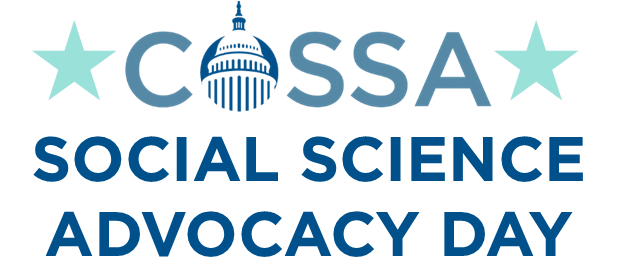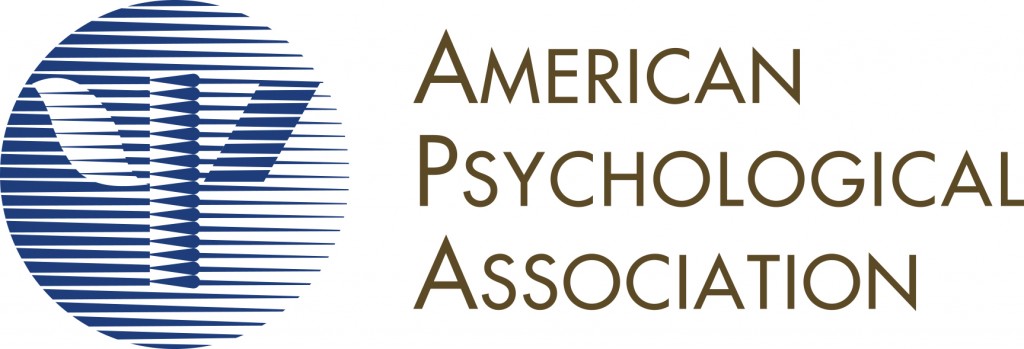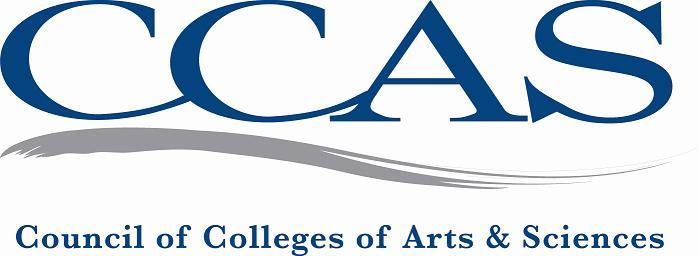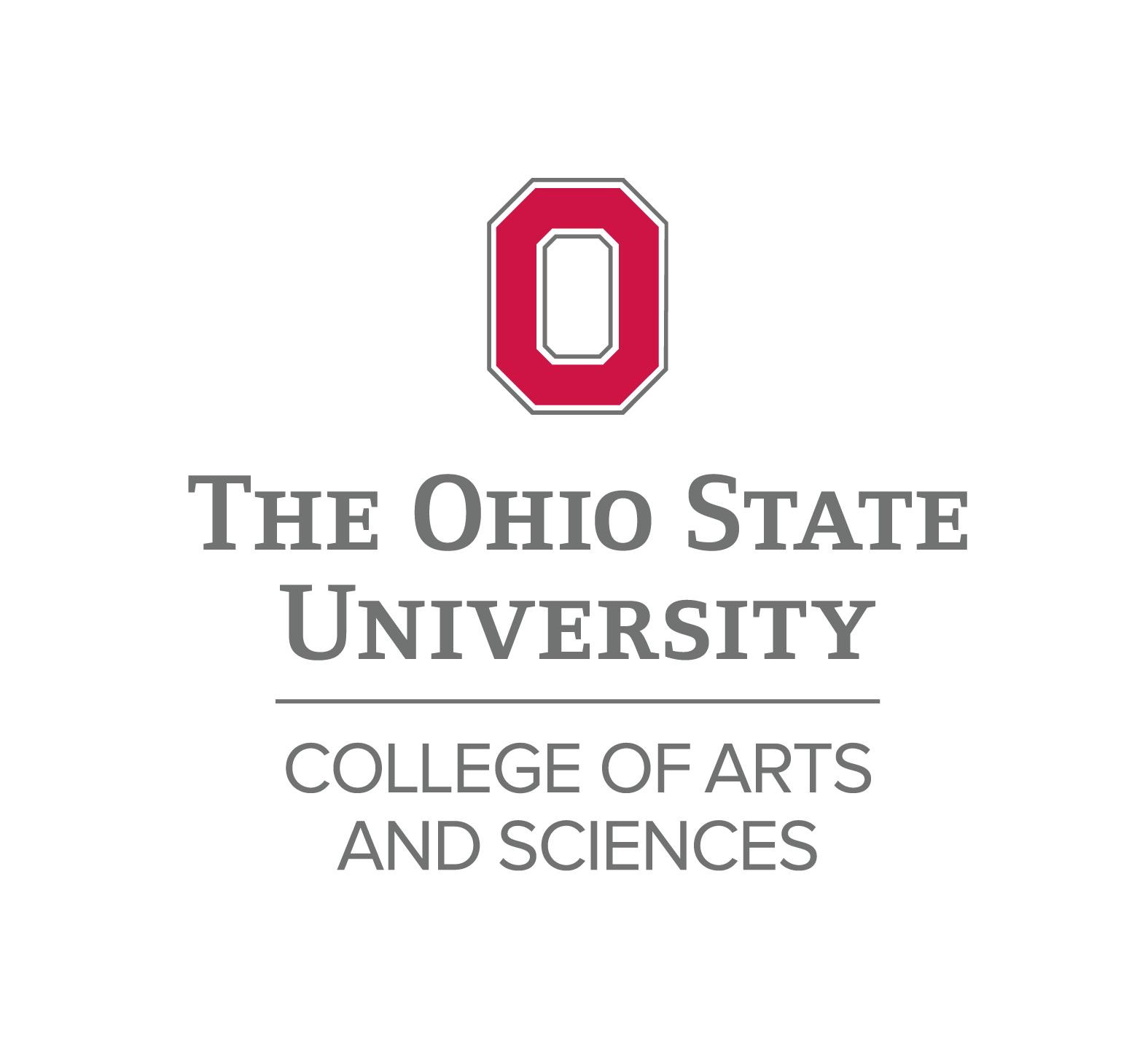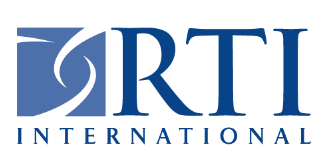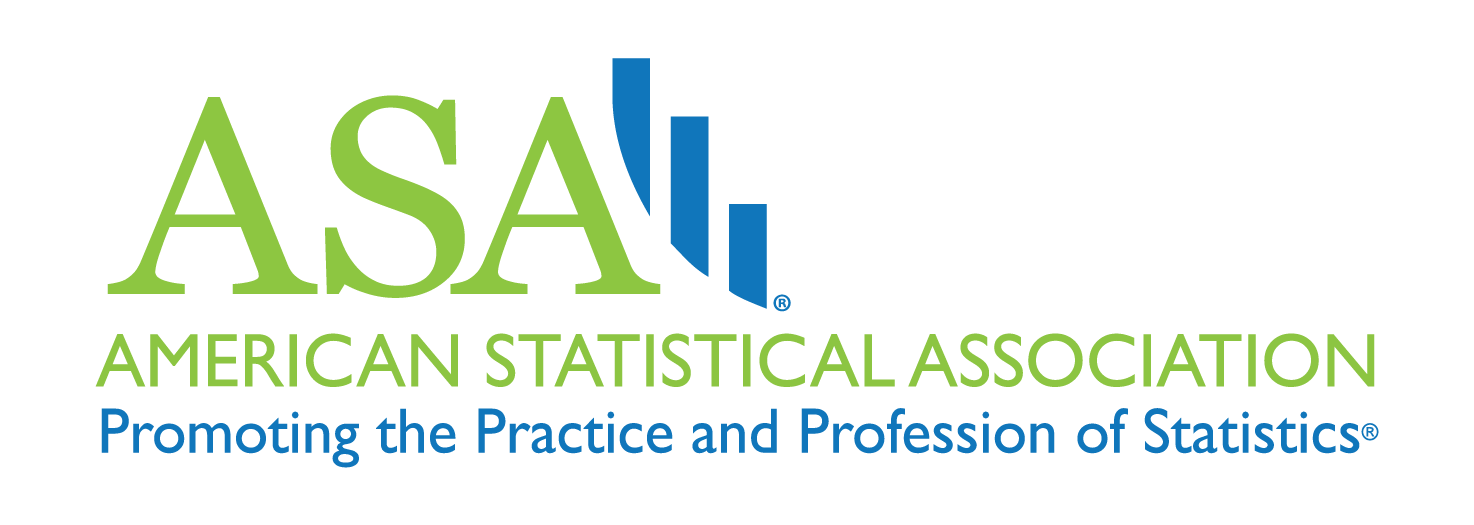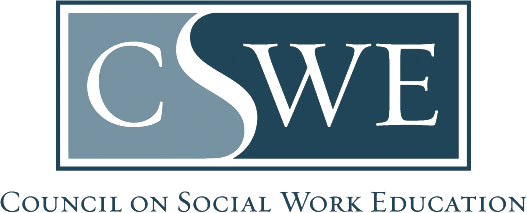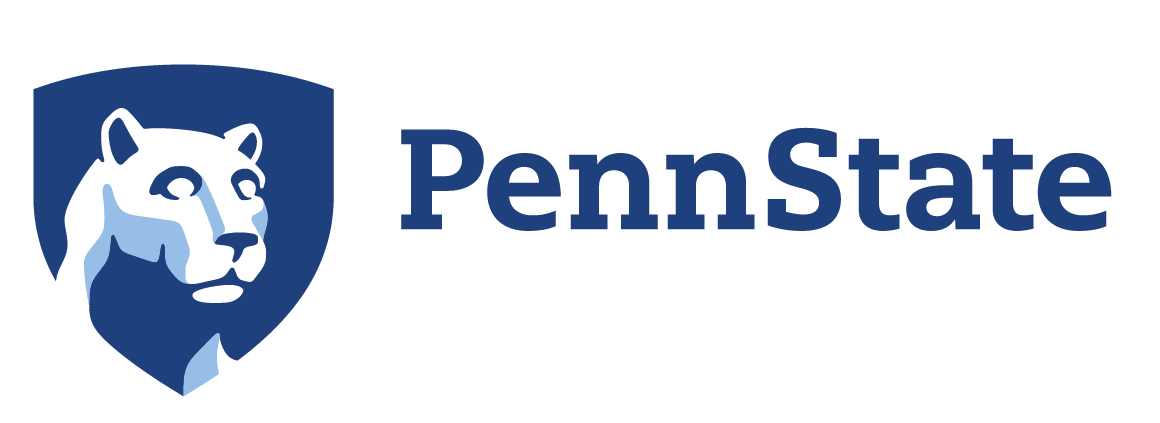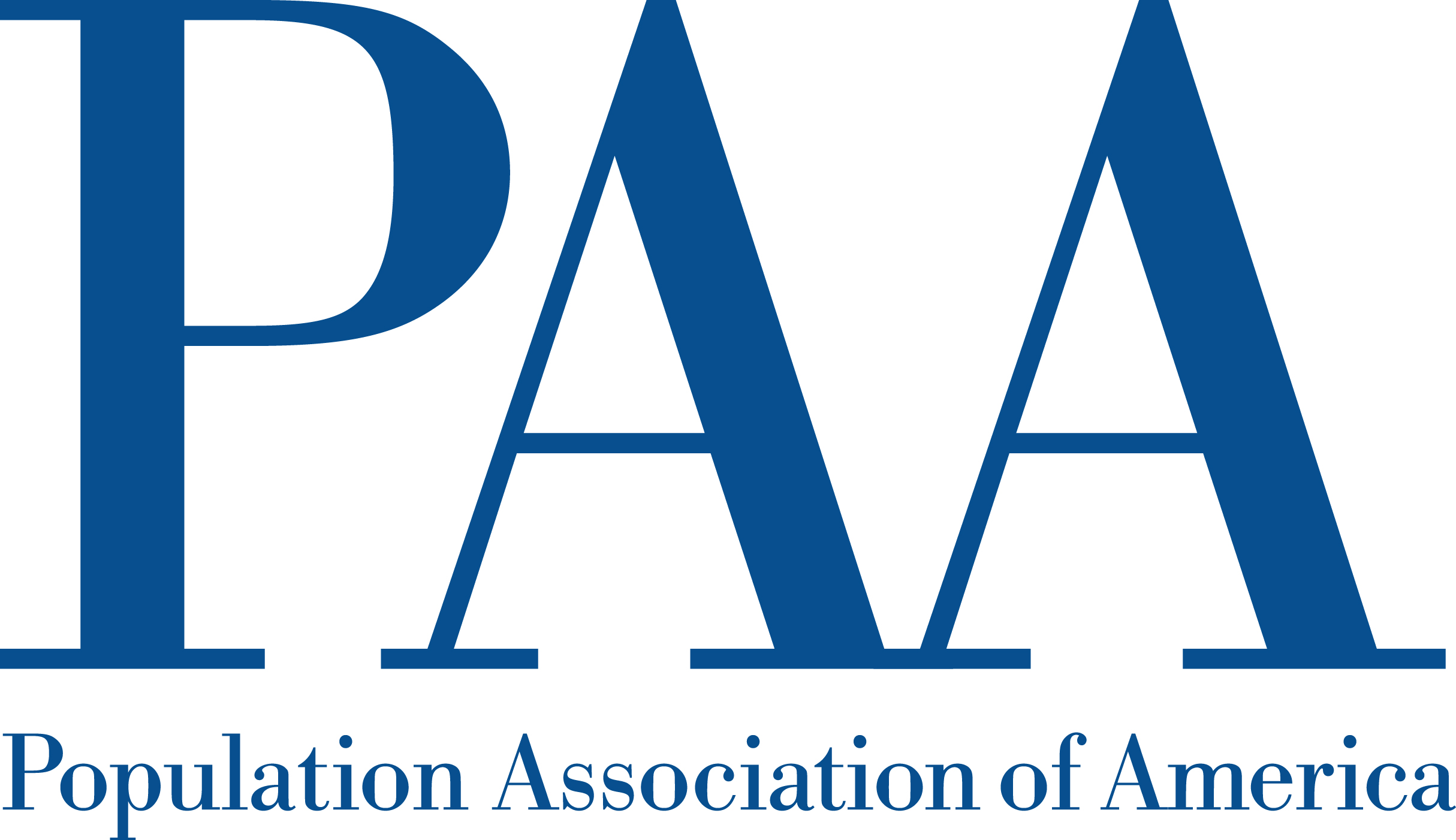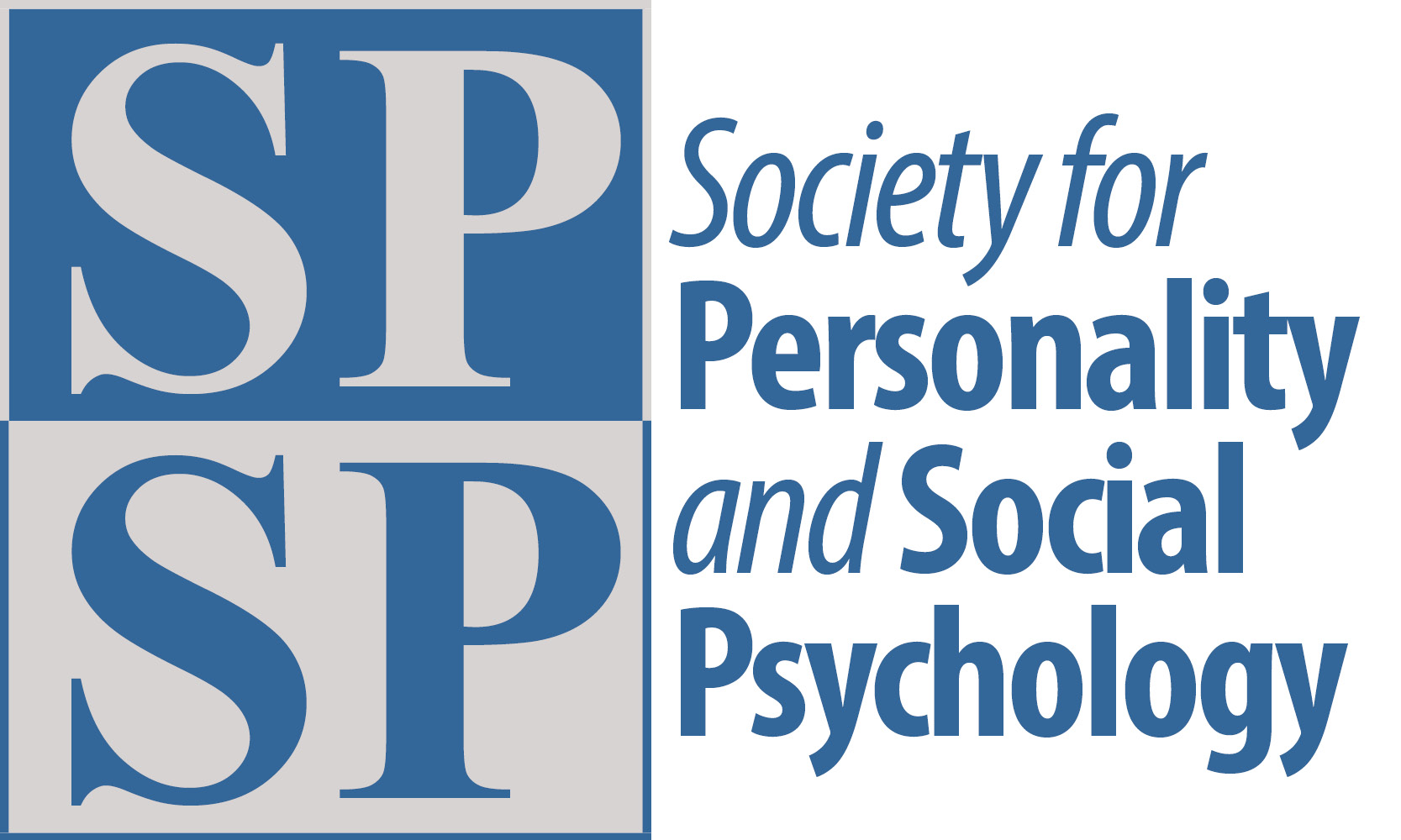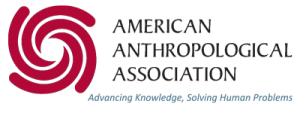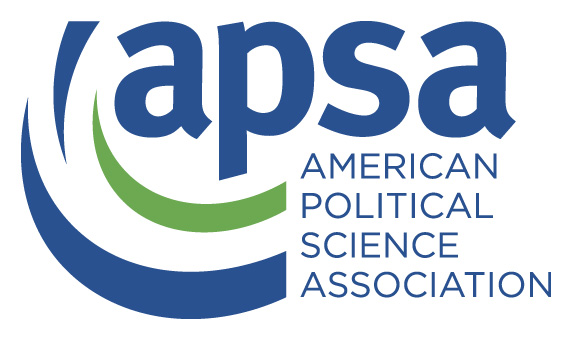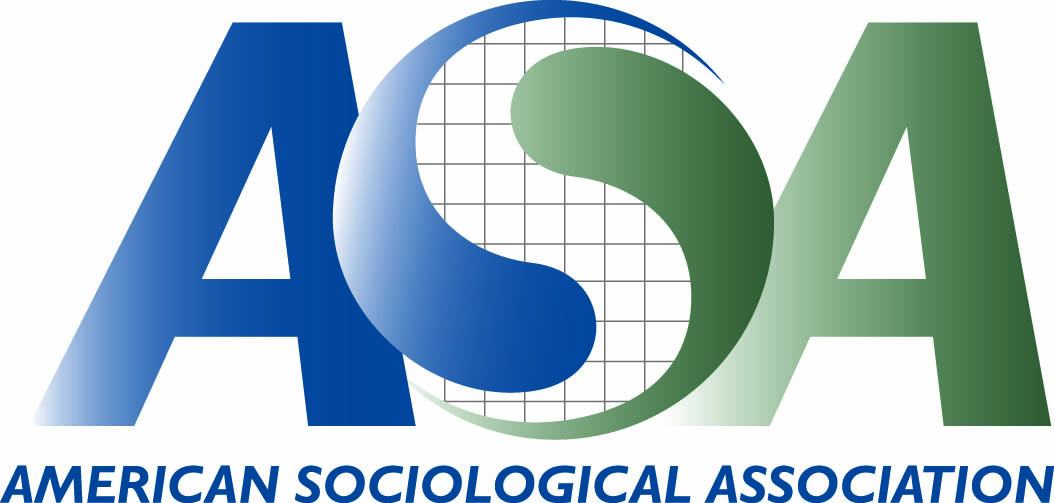
March 29, 2017-March 30, 2017
C OSSA held its 2017 Science Policy Conference and Social Science Advocacy Day on March 29-30 in Washington, DC. Sessions featured important discussions on social science within the context of the Trump Administration and the new Congress.
OSSA held its 2017 Science Policy Conference and Social Science Advocacy Day on March 29-30 in Washington, DC. Sessions featured important discussions on social science within the context of the Trump Administration and the new Congress.
The keynote address was delivered by University of California, Berkeley sociologist Arlie R. Hochschild, whose book Strangers in Their Own Land: Anger and Mourning on the American Right was a finalist for the 2016 National Book Award. The program also included an expert panel addressing the political and policy challenges of the day and strategies for addressing them, and discussions on the benefits of public engagement by social scientists, mobilizing social science students, engaging with national media outlets, the role of social scientists in government service, and ways to meaningfully advocate from home.
Summaries of the sessions are below.
SESSION SUMMARIES
Strangers in Their Own Land: Anger and Mourning on the American Right
The day’s events began with a keynote address by Arlie Russell Hochschild, Professor Emerita of Sociology, University of California, Berkeley, focusing on her most recent book, Strangers in Their Own Land: Anger and Mourning on the American Right. The New York Times best seller, a finalist for both the National Book Award and the J. Anthony Lukas Book Award, details Hochschild’s five-year study of Louisiana-based Tea Party supporters. She characterized the study as her “search for truth” about why these mostly blue-collar Whites were voting against what she perceived as their own self-interests. Particularly, Hochschild wanted to climb an “empathy wall” to discover and understand the truth behind the “red state paradox;” that Americans in the poorest states, with the lowest indices of welfare—states that receive more in federal subsidies than they generate in tax dollars—“revile the government and the redistribution of tax dollars for the public good.”
She chose Louisiana to do her study because it is as conservative as her “Berkeley bubble” is liberal, and is the second poorest state in the nation, has the worst indices for education, and the second highest death rate among U.S. states. Hochschild identified three layers of voters’ resistance to the concept of good government: (1) viewing government as an instrument of the north, (2) viewing local and state government (and the federal government by extension) as the corrupt and ineffective captive of private interests, and (3) a mindset that she called the “deep story” (a story that “feels true,” regardless of the facts).
According to Hochschild, the “deep story” of white Tea Party conservatives includes a feeling of resentment towards protected groups (racial minorities, women, even the environment) who are seen as receiving special treatment from the government and “cutting in line” in front of White blue-collar workers who are waiting patiently for the rewards for their hard work and self-reliance. Hochschild closed by suggesting that those on the left may wish to consider their own “blue state paradox,” that the Democratic Party, which purports to be the party of the working class and supports protections for workers (unions, paid family leave, higher minimum wage) is steadily losing the support of blue-collar workers to the right.
Expert Panel: Staying Focused, Moving Forward
The second session included a panel of experts in social science policy, including Ron Haskins of the Brookings Institution and the Commission on Evidence-Based Policymaking, Kei Koizumi of AAAS and formerly of the Office of Science and Technology Policy at the White House, Kenneth Prewitt of Columbia University, and COSSA Executive Director Wendy Naus. The panel was moderated by Felice Levine, American Educational Research Association. Haskins discussed the efforts of the Commission on Evidence-Based Policymaking and the broader efforts and effects of the evidence-based policy movement, including so-called “evidence-based cutting,” which could result in the elimination of government programs without complete evaluation. Koizumi highlighted the unknown fate of social science research funding programs, particularly the Social, Behavioral, and Economic Sciences Directorate at the National Science Foundation (NSF), which was not included in the “skinny budget” released by the Trump Administration last month. Koizumi and Haskins both expressed concerns about the fate of federal data and statistics. Prewitt provided a more positive perspective by explaining that the social and behavioral science community has more infrastructure today to field attacks than it has had in the past, but cautioned that we must think “outside the box” and develop new allies to support and share our research. Naus elaborated on the fate of the social science research funding at NSF, explaining that these programs are a very small part of the federal budget, and noted that Congress controls all government spending. Naus added that the social and behavioral science community must work with other communities including in the arts, industry, and other sciences as well as continuing to develop allies in Congress.
Breakout Session 1A: Mobilizing Students as Ambassadors for Social Science
Jeff Martin and Anne Kelsey of the American Anthropological Association lead a discussion on mobilizing students as social science ambassadors and shared how they have incorporated students into their annual Anthropology Day celebrations. Martin and Kelsey discussed the value of incorporating students into the mission of social science associations because the power of peer-to-peer communication can help spread positive messages about the value of social science and create a pipeline for future association membership. They recommended that groups leverage pop culture, keep in mind what students can relate to culturally, and give student groups the resources they need to do outreach. Audience participants recommended that associations hold focus groups with students and engage students in contests or other ongoing association activities.
Breakout Session 1B: Promoting Your Expertise with National Media Outlets
Caitlin Kizielewicz, communications consultant for the Crime and Justice Research Alliance, led a breakout session that highlighted practical strategies and best practices for promoting findings with journalists. During the interactive workshop, Kizielewicz showed participants how to craft an effective message to reporters, including how to concisely introduce themselves and their areas of expertise and to identify the three most important elements of their findings. Kizielewicz suggested that researchers seeking to proactively build relationships with journalists should identify the communities that would be most interested in their findings (for example, practitioners or policymakers) and target media outlets that cater to those groups. In addition, she suggested starting with local papers and news sites, which may be easier to connect with and are often effective outlets for reaching the policy leadership within one’s community. Kizielewicz also recommended emphasizing quality over quantity – work on cultivating relationships with just a few journalists who write intelligently about the subject matter your research focuses on—rather than sending mass emails to a large number of reporters. Lastly, Kizielewicz stressed the importance of timing—tying your findings to a newsworthy issue is the most effective way to catch a reporter’s interest. Other strategies might include offering to share an embargoed copy of a new publication or to find a way to differentiate your research from other content; Kizielewicz shared the acronym FUBO as a way to think about this: First, Unique, Best, Only.
Breakout Session 2A: Social Science in Government Service
The session “Social Science in the Government Service” featured four social scientists who discussed the work culture and perception of social science within the federal government through the lenses of their own government careers and was moderated by COSSA Deputy Director Angela Sharpe. Iris R. Wagstaff, currently at the American Association for the Advancement of Science (AAAS) and former AAAS fellow at the National Institute of Justice (NIJ) said that the NIJ’s Office of Research and Evaluation is a great example of social science research’s application to policy in the government, as it deals with issues like school safety that affect everyday lives. However, Wagstaff, to her surprise, noted there is a lack of awareness of the NIJ’s support for research. Monica Ramirez Basco, now an associate director at the National Institutes of Health (NIH) Office of Research on Women’s Health, said that the variety of work and the committed nature of her colleagues were high points of her time as an Assistant Director for Neuroscience, Mental Health and Broadening Participation at the White House Office of Science and Technology. Basco said her skills as a clinical psychologist were useful for project management, communication, and leadership.
Elizabeth Corona, an advisor for organizational development at the Environmental Protection Agency’s (EPA) Office of Research and Development, pointed out the use of qualitative data and methods by social scientists by the EPA. She noted that the EPA has taken steps to integrate social science into research and policy, through programs like the Social Environmental Science Exchange, which connects social science producers and users. Misty Heggeness, Chief of the Longitudinal Research, Evaluation, and Outreach Branch within the Census Bureau’s Social, Economic, and Housing Statistics Division, also described the variety of work over her career in government, which has spanned three federal agencies: Census, NIH, and the Department of Labor. Heggeness highlighted the Census Bureau as a good place to conduct research, as it is full of social scientists.
Breakout Session 2B: Advocating for Social Science from Home
Jennifer Zeitzer, Federation of American Societies for Experimental Biology (FASEB), shared strategies and lessons from FASEB’s grassroots advocacy efforts, particularly ways it has encouraged its membership to advocate for FASEB’s priorities without needing to come to Washington. Zeitzer explained that advocating from home can be just as effective as coming to Washington; members of Congress are less busy when they are in their districts, it offers an opportunity to build on momentum generated during DC-based Advocacy Days, it can give congressional staff a better feel for constituent concerns, and it can generate positive local press (for both the member of Congress and the advocate). Advocates can opt to schedule a meeting with the district or state office of their member of Congress, email their congressional representatives, invite elected officials to visit their labs or classrooms, or write an op-ed or letter to the editor for the local newspaper. Zeitzer noted that the same strategies for an effective Capitol Hill meeting apply to those in the district office—have a focused message, be polite, focus on local impacts, offer to be a resource to the office going forward, and follow up after the meeting.
COSSA Executive Director Wendy Naus shared some of the resources COSSA makes available for advocates to support social science from wherever they live, most of which are collected on COSSA’s Take Action page, including COSSA’s Advocacy Handbook, latest Action Alert (and the form to sign up for future alerts), state fact sheets, one-page funding requests for fiscal year (FY) 2018, FY 2018 talking points, FY 2018 legislative agenda, “Did You Know?” fact sheet featuring narratives of social science successes, and recommendations to the Trump Administration. In addition, the Why Social Science? blog offers even more resources for sharing the impact of social science research.
The Benefits of Public Engagement by Social Scientists
The Conference’s final plenary featured a presentation by John Sides, Associate Professor of Political Science at the George Washington University and co-founder and editor-in-chief of the Monkey Cage blog, which currently publishes at the Washington Post and features commentary by political scientists who use findings from their discipline to illuminate topics in the news. A subsequent discussion was moderated by American Political Science Association (APSA) Executive Director and COSSA Board member Steven Rathgeb Smith. Sides noted that some academics have expressed concern that writing for a “popular” outlet like the Monkey Cage might be perceived as “frivolous” by their peers or otherwise outside their core responsibilities as researchers or professors. However, the data seem to bear out a different story. Sides observed that traffic on the Monkey Cage blog has grown every year, sharply increasing with its move to the Washington Post in 2013 and spiking during the 2016 election year. A poll of contributors to the blog found that around 90 percent viewed their experience favorably and that many received positive contact from colleagues, administrators, and the media as a result. Many contributors reported receiving additional opportunities for non-academic writing, interest from other media outlets, and contact from local legislators and other decision-makers. Sides advised potential contributors to outlets like the Monkey Cage that there is “no substitute for salience” in terms of which articles found the biggest audience, and noted that posts with catchy headlines did indeed tend to gain more attention.
CONFERENCE MATERIALS
View the conference program here.
Presenters’ slides:
- Stephen Mautner, National Academy of Sciences: From Research to Reward
- Jeff Martin and Anne Kelsey, American Anthropological Association: Mobilizing Students as Ambassadors for Social Science
- Caitlin Kizielewicz, KIZCOMM, LLC: Media Training Workshop
- Jennifer Zeitzer, Federation of American Societies for Experimental Biology: Advocating for Social Science at Home
- Wendy Naus, COSSA: Advocating from Home

